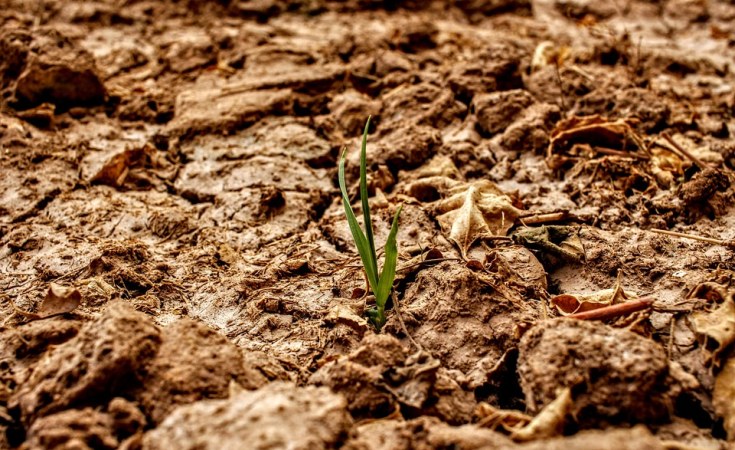The current devastating drought has put crop production in the southern half of Zambia in limbo which calls for radical policy measures to increase irrigation activities in the country.
This is a time to implement the country's blueprint on irrigation and water harvesting facilities as climate change seems to be here to stay.
It is encouraging that in the 2024 National Budget, the Government is looking at completion of the development of the identified farm blocks with irrigation facilities.
This will be a game changer towards boosting agricultural production and productivity.
Finance and National Development Minister Situmbeko announced the allocation of K598.4 million towards the Nansanga, Luena, Luswishi and Shikabeta farm blocks.
This amount will go towards the construction of at least 300 kilometres of roads and 10 bridges as well as electrification and irrigation development.
There is also an increase in the allocation to the Zambia Credit Guarantee Scheme to K386 million from K150 million this year.
Of this amount, K186 million is for the establishment of a financing and credit window for small scale farmers, public service workers, and emergent farmers.
This should benefit farmers wanting to go into winter cropping and water harvesting as the country is on the cross road in terms of food security.
Over the past years, crop and livestock production has generally been below the potential.
This has been due to a number of factors such as adverse effects of climate change, high cost of inputs, unaffordable finance and inadequate irrigation.
Commercial farmers with the muscle to go into winter cropping should work with the Government and map out a strategy to venture into that as the country looks at medium-to-long-term solutions to reduce dependence on rain-fed agriculture practices.
Government's call on farmers to engage in winter agro production rather than looking at imports when neighbours are looking to Zambia should be heeded to.
Information and Media Permanent Secretary Thabo Kawana has been quoted in the media as calling for players in the agriculture value chain to engage in winter farming.
Farming is a business, hence the need for investors in the agriculture industry to take advantage of the expected demand of maize products to expand production.
Demand for maize from the region will continue resulting in higher maize grain prices and subsequently escalation in
Another one worth mentioning is the 2015-/2016 drought, the El Niño weather pattern caused a severe drought in Zambia, affecting over two million people and leading to food and water shortages.
According to the United Nations (UN) the drought frequency is projected to increase due to climate change.
The inadequate infrastructure together with the rural and poor population makes the country highly vulnerable to droughts, according to the UN.
But the drought-monitoring system developed by the International Water Management Institute (IWMI) makes the country better prepared to cope up with the impacts of drought.
Farmers and policymakers should make use of the new satellite-based online Zambia Drought Monitoring System (ZADMS) that was launched last year.
The ZADMS, developed by Zambia's Ministry of Agriculture, is part of the initiative on Climate Change on Resilience (ClimBeR) and the Programme Accelerating the Impact of Climate Research for Africa (AICCRA) and involves the collaboration of several organisations.
ZADMS is developed principally for drought risk mitigation and to enable timely action by government authorities and development organizations.
It overcomes the challenges of locating, accessing and processing data by providing all data for monitoring and managing drought through a single portal.
The portal is freely accessible to all and presents several sub-modules, such as weather forecast, drought management, drought decision support, online bulletin, newsfeed, and a user guide.
The system ensures easy-to-interpret on-screen maps that can be exported as user-friendly drought bulletins.
IWMI's director general observed during the launch that: "While ZADMS can't change the weather, it can help the Zambian government to make informed decisions and help them deliver the information that farmers need to cope."
It is hoped that various measures being put in place by the Government would be implemented so that the country comes out strong from the effects of climate change


